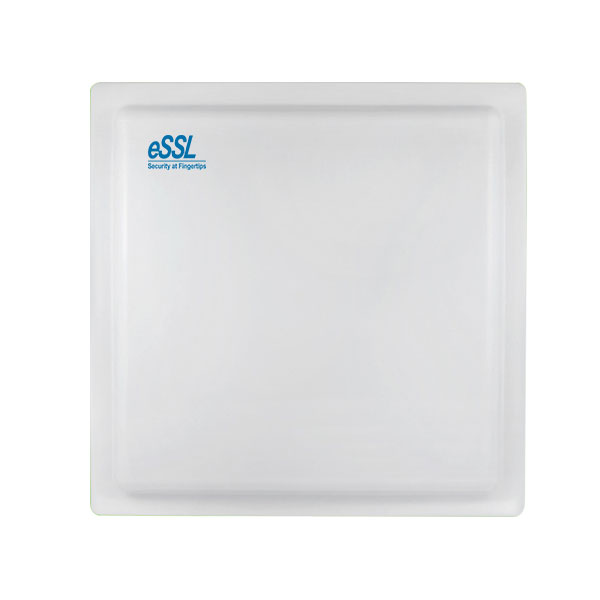A UHF (Ultra-High Frequency) reader is a sophisticated electronic device used to communicate and interact with UHF RFID (Radio Frequency Identification) tags. UHF technology allows for wireless and contactless identification, making it a powerful tool in various applications such as inventory management, supply chain tracking, access control, and asset tracking.
Category: Readers, Card Readers, UHF Readers
| Features | |
|---|---|
| — | Read range up to 12 meters (adjustable) |
| — | Read Sensitivity: Line polarization read mode |
| — | Wiegand 34-Bit (Can change to 26-Bit via software) |
| — | Comes with the mounting plate |
| — | Weatherproof (IP66) |
| — | Two working mode: Trigger read & Always read |
| — | Maximum Cable Distance: 100m |
| — | Multiple label recognition |
UHF 1-10 / 2-10 Catalogue
The UHF reader operates in the ultra-high frequency band, typically ranging from 860 MHz to 960 MHz. It consists of a reader antenna and an integrated circuit that communicates with UHF RFID tags through radio waves. When an RFID tag enters the reader’s range, the reader emits a radio frequency signal, and the tag responds by transmitting its unique identification data back to the reader.
One of the key advantages of UHF RFID technology is its ability to read multiple tags simultaneously, even in bulk, and at a considerable distance. This enables rapid and efficient inventory management, reducing the time and effort required for data collection compared to traditional barcode systems.
UHF readers come in various form factors, including handheld devices, fixed readers, and integrated systems. Handheld UHF readers offer portability and flexibility, allowing users to read tags in various locations. Fixed UHF readers are often deployed in warehouses, manufacturing plants, and other static locations for continuous monitoring and tracking. Integrated UHF systems can be seamlessly integrated into existing infrastructure and equipment, providing a streamlined solution for specific applications.
Moreover, UHF readers are equipped with software interfaces and data processing capabilities, enabling them to process and transmit collected data to centralized databases or cloud-based platforms. This ensures real-time data availability and facilitates advanced analytics for better decision-making.
Security features are also integrated into UHF readers to prevent unauthorized access and data breaches. Encryption protocols and access control mechanisms safeguard sensitive information and maintain the integrity of the system.

